
WINCHESTER MODEL 1886 .50-110 (Upwards of $55,000) was a lever-action repeating rifle designed by John Browning to handle some of the more powerful cartridges of the period. Originally chambered in .45-70, .45-90 WCF and .40-82 WCF, it was later offered in a half dozen other large cartridges, including the .50-110 Winchester. Despite being originally designed for use with black powder, the action was strong enough to make the jump to smokeless powder with only minor modifications, and was subsequently chambered in the smokeless .33 WCF cartridge beginning in 1903. The Model 1886 continued the trend towards chambering heavier rounds, and had an all-new and considerably stronger locking-block action than the toggle-link Model 1876. It was designed by John Moses Browning, who had a long and profitable relationship with Winchester from the 1880s to the early 1900s. William Mason also contributed, making some improvements to Browning's original design. In many respects the Model 1886 was a true American express rifle, as it could be chambered in the more powerful black powder cartridges of the day, proving capable of handling not only the .45-70 but also .45-90 and the huge .50-110 Express "buffalo" cartridges. The action was strong enough that a nickel-steel barrel was the only necessary modification needed to work with smokeless powder cartridges, and in 1903 the rifle was chambered for the smokeless high-velocity .33 WCF cartridge. During the early stages of World War I, the Royal Flying Corps purchased Model 1886 rifles chambered for the .45-90 Sharps cartridge with special incendiary bullets designed to ignite the hydrogen gas in German airships. In 1935 Winchester introduced a slightly modified M1886 as the Model 71, chambered for the more powerful .348 Winchester cartridge.
Featured Photo Galleries
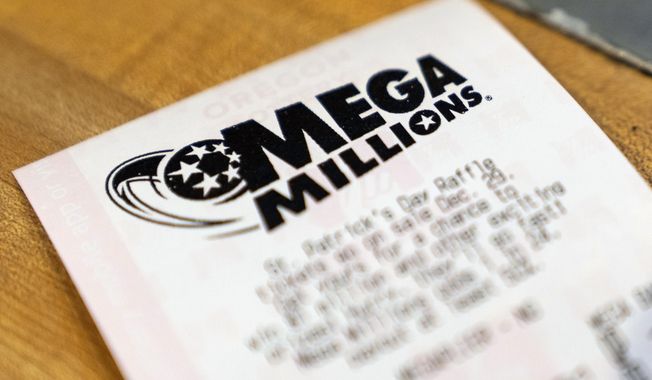
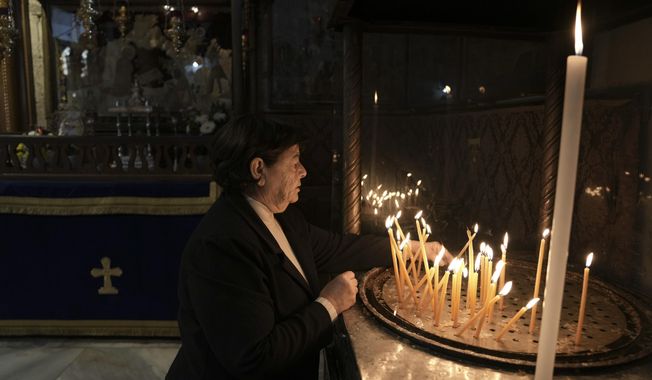
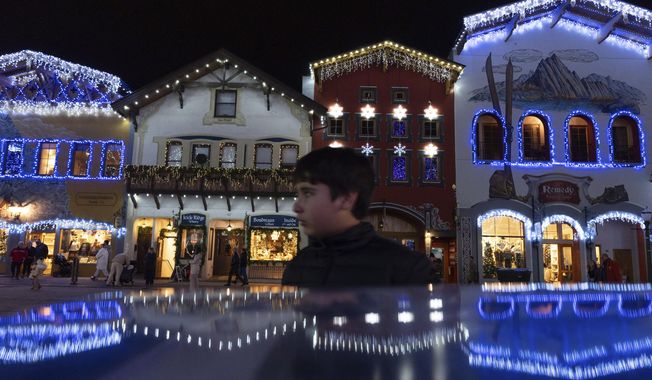
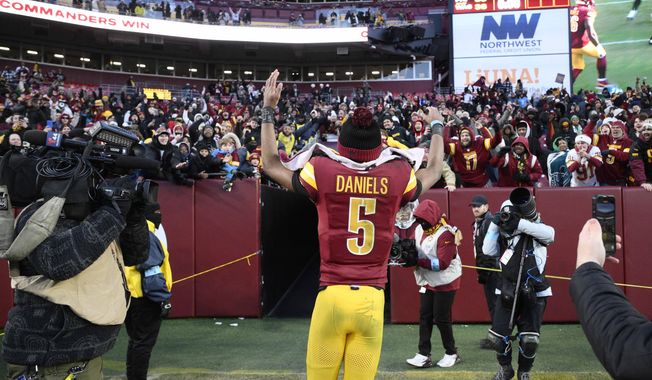
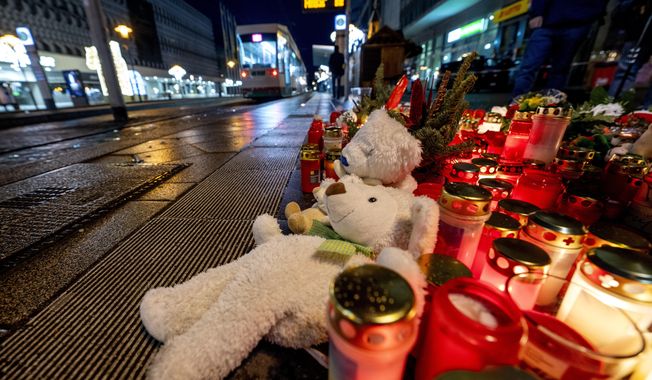
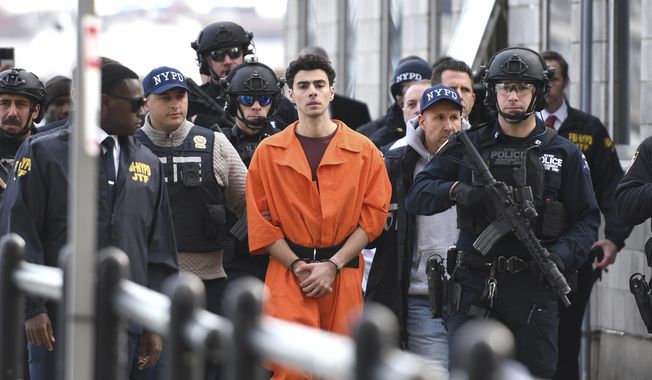
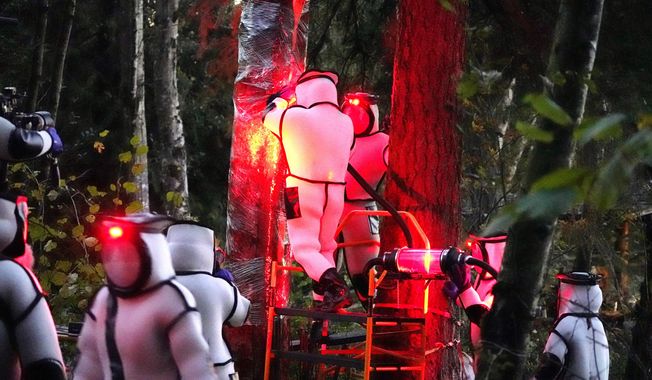
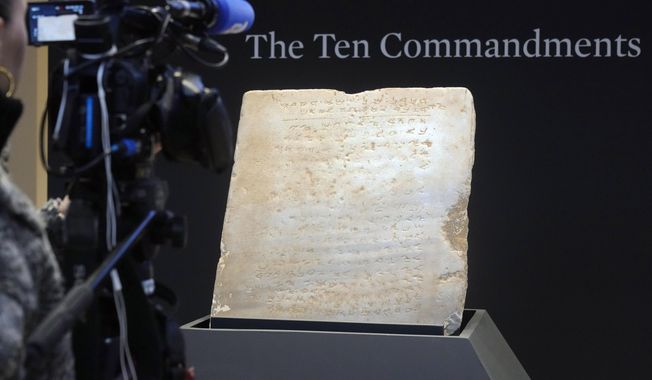




Trump Transition: Here are the people Trump has picked for key positions so far
President-elect Donald Trump has announced a flurry of picks for his incoming administration. Get full coverage of the Trump transition from The Washingon Times.


